110+ Proposal Sample
-
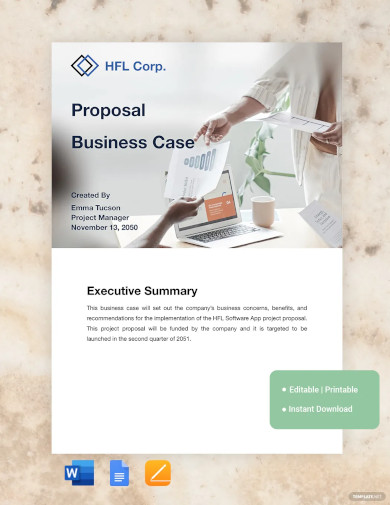
Proposal Business Case Template
download now -
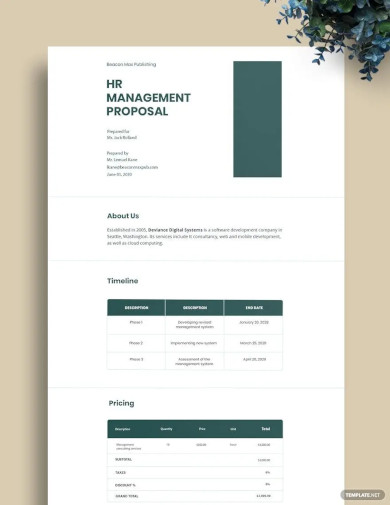
Proposal for HR Management System Template
download now -
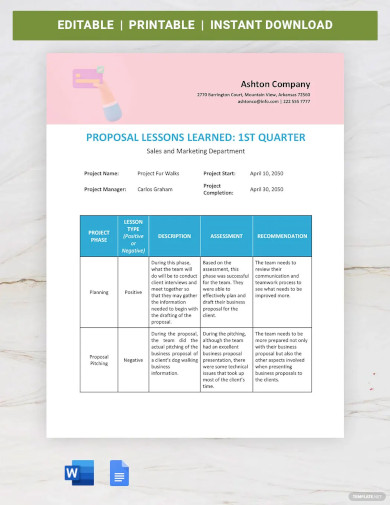
Proposal Lessons Learned Template
download now -
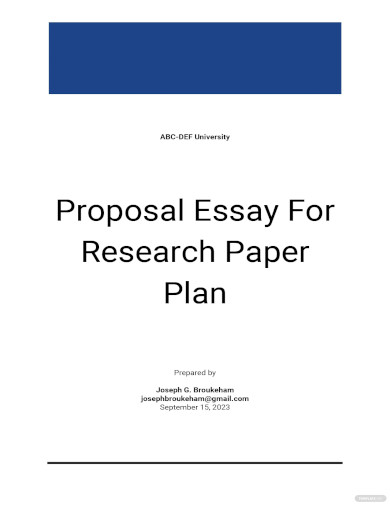
Proposal Essay For Research Paper Template
download now -
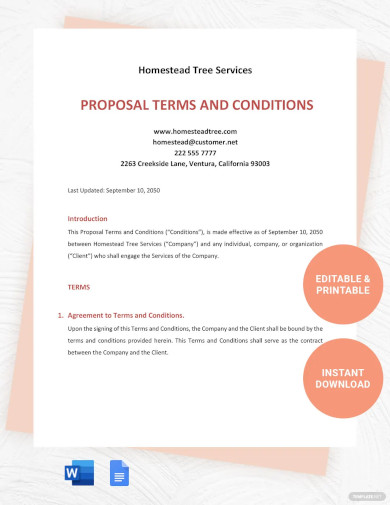
Proposal Terms And Conditions Template
download now -

Call For Proposal
download now -

Proposal Budget Template
download now -
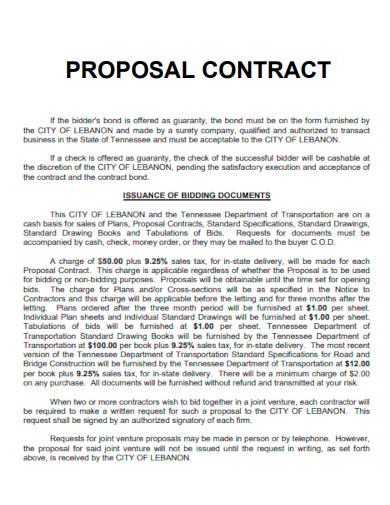
Proposal Contract
download now -

Integrated Proposal
download now -
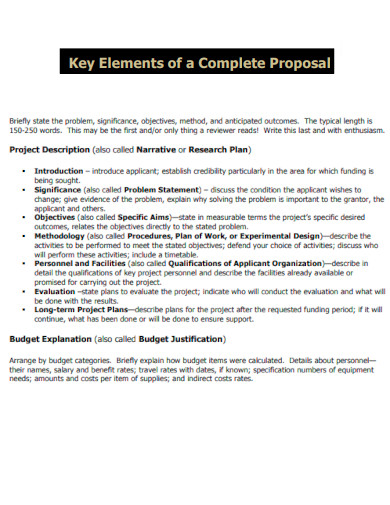
Key Elements of Complete Proposal
download now -
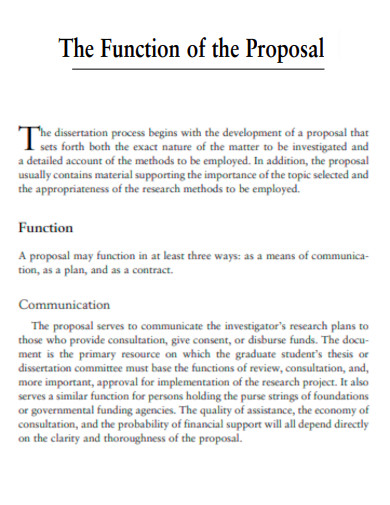
Function of Proposal
download now -
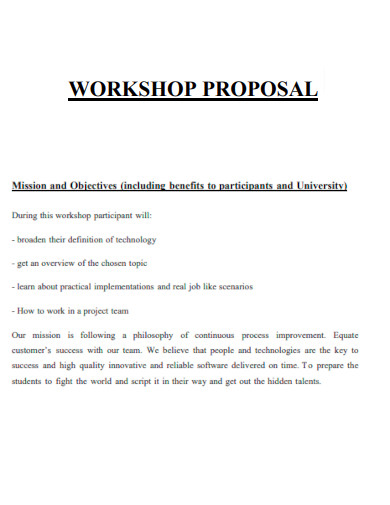
Workshop Proposal
download now -
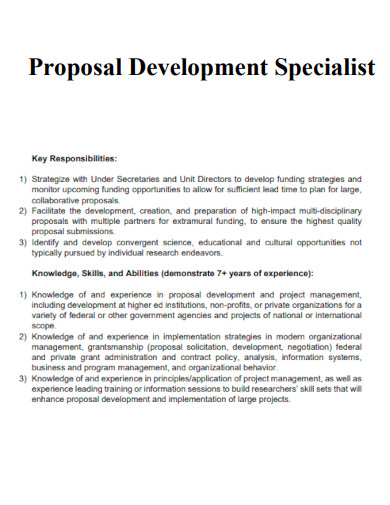
Proposal Development Specialist
download now -
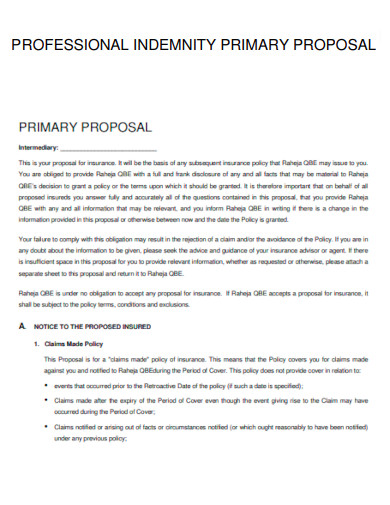
Professional Indemnity Primary Proposal
download now -
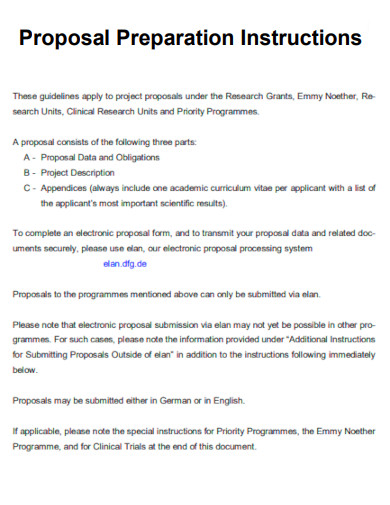
Proposal Preparation Instructions
download now -
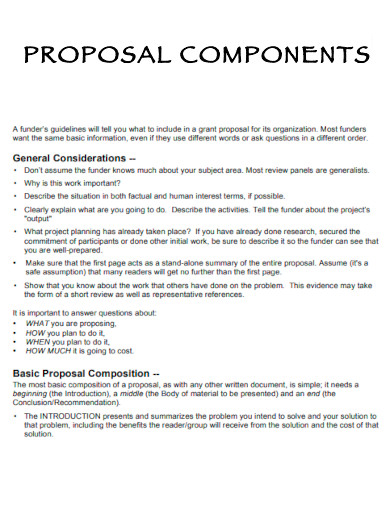
Proposal Components
download now -
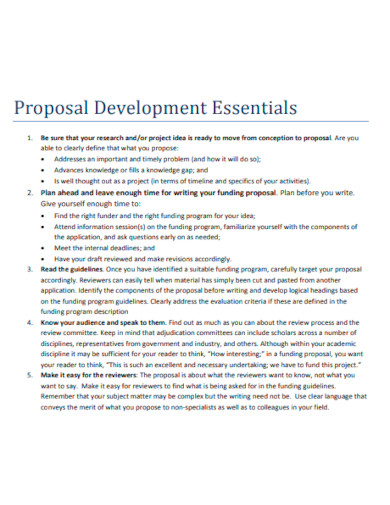
Proposal Development Essentials
download now -
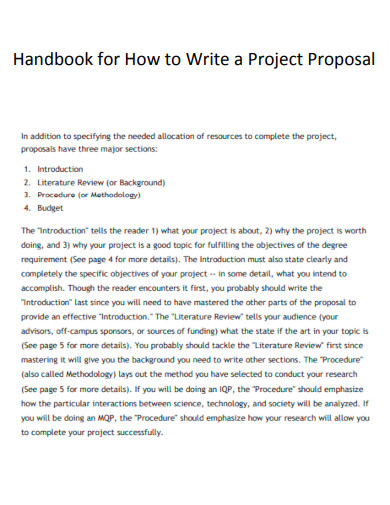
General Proposal
download now -
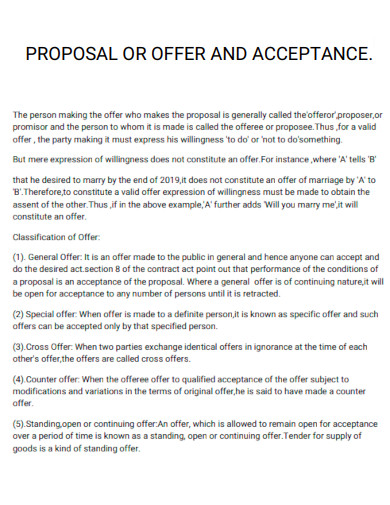
Proposal Offer and Acceptance
download now -

Travel Proposal
download now -
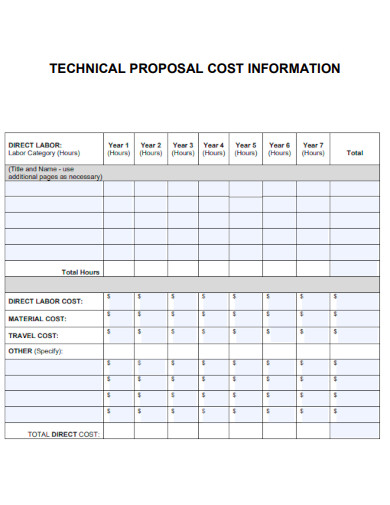
Technical Proposal Cost Information
download now -
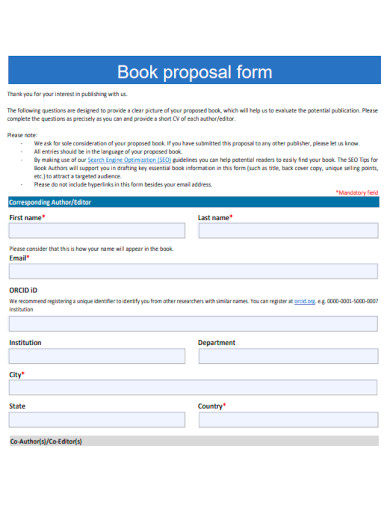
Book Proposal Form
download now -
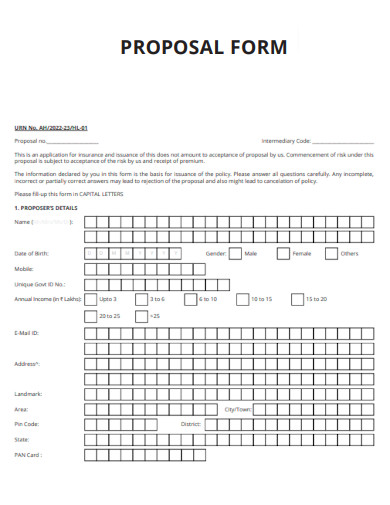
Proposal Form
download now -
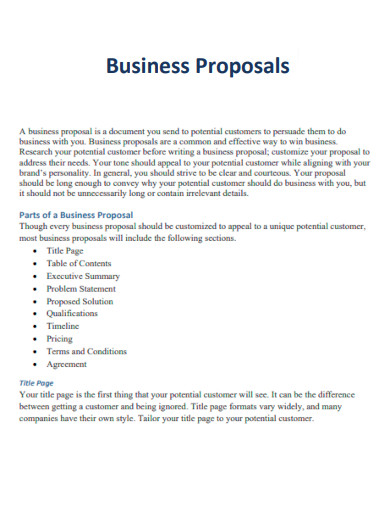
Business Proposal
download now -

Proposal Development Process
download now -
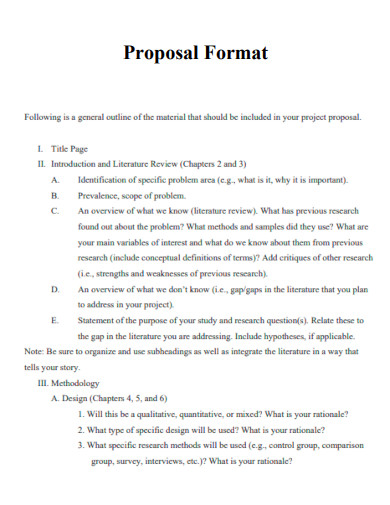
Proposal Format
download now -
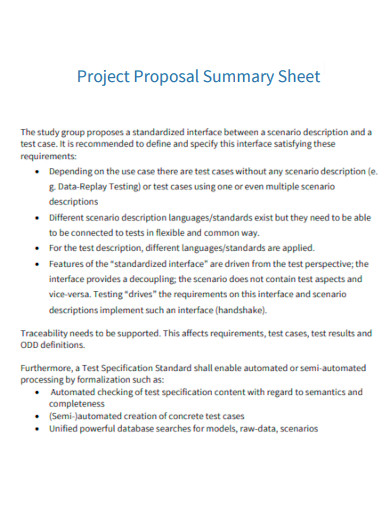
Project Proposal Summary Sheet
download now -
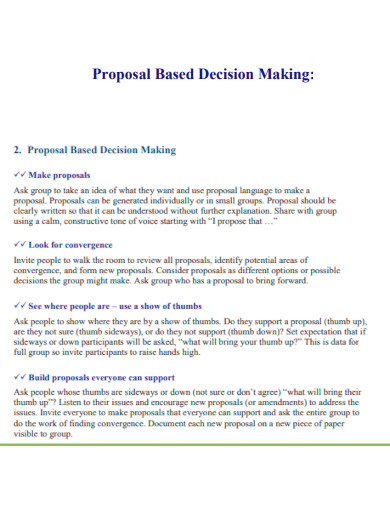
Proposal Based Decision Making
download now -
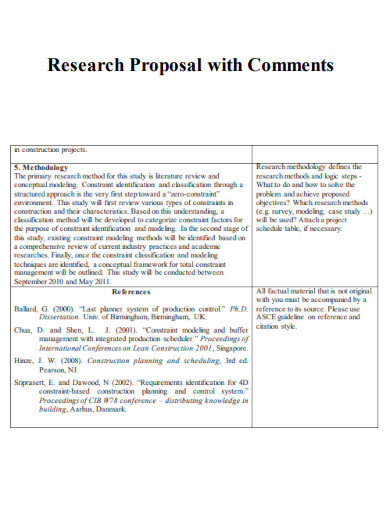
Research Proposal with Comments
download now -

Short Proposal
download now -
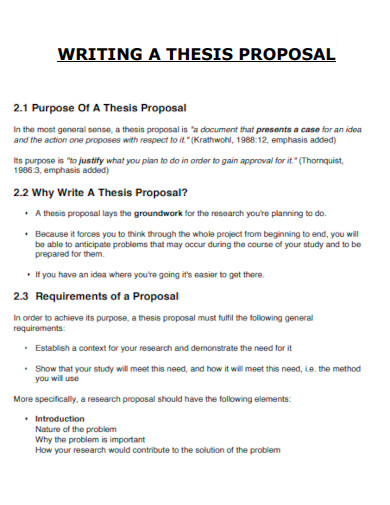
Writing a Thesis Proposal
download now -
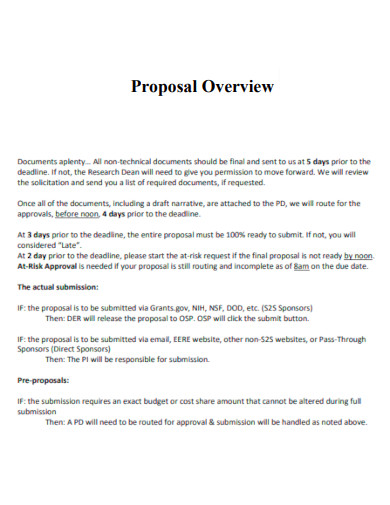
Proposal Overview
download now -
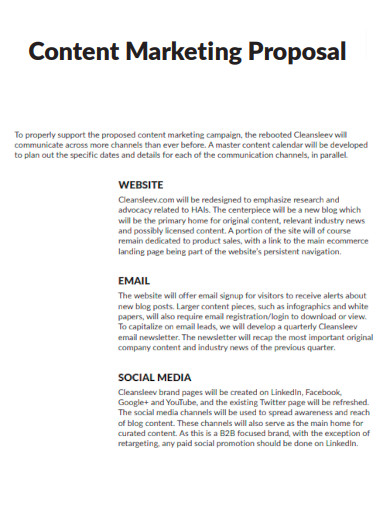
Content Marketing Proposal
download now -
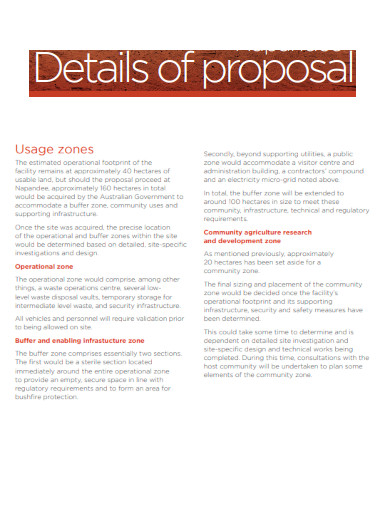
Details of Proposal
download now -
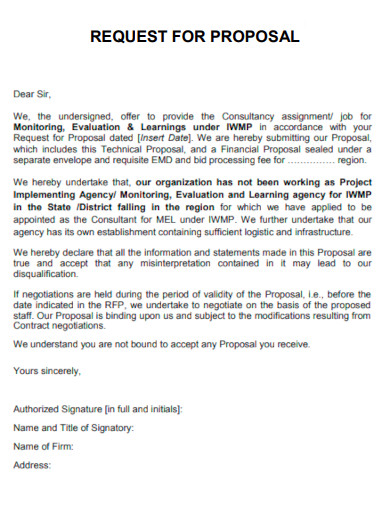
Request for Proposal
download now -
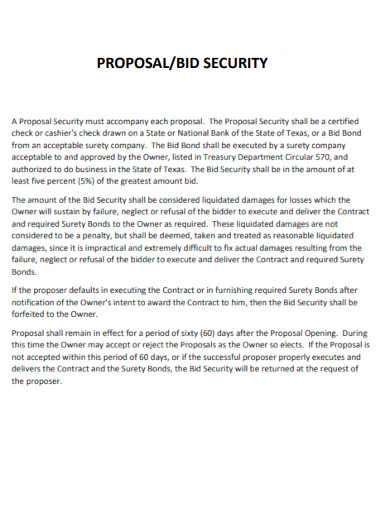
Bid Security Proposal
download now -
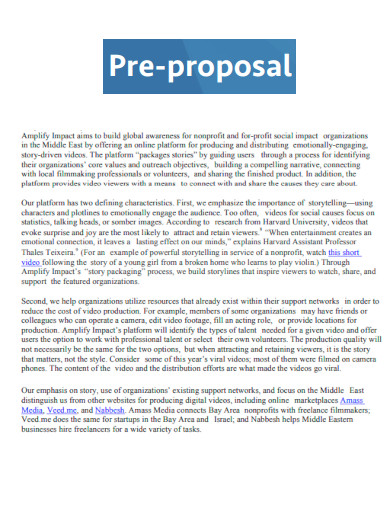
Pre Proposal
download now -

Mortgage Business-Specific Requirements Proposal
download now -
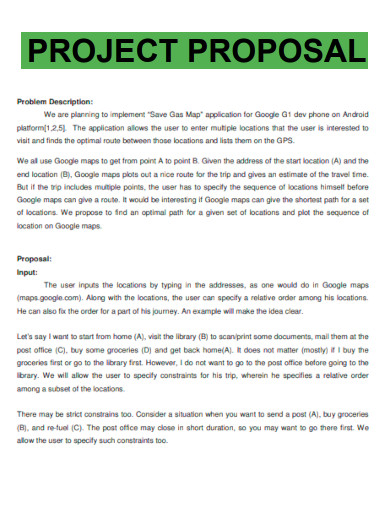
Project Proposal
download now -
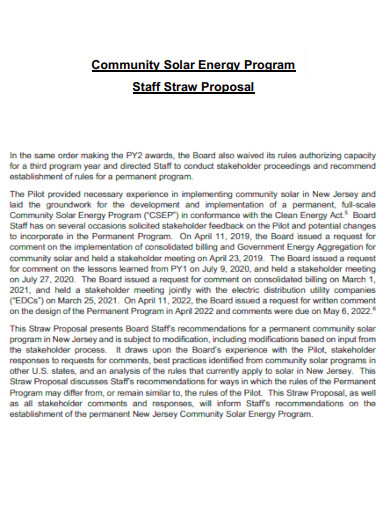
Community Solar Straw Proposal
download now -
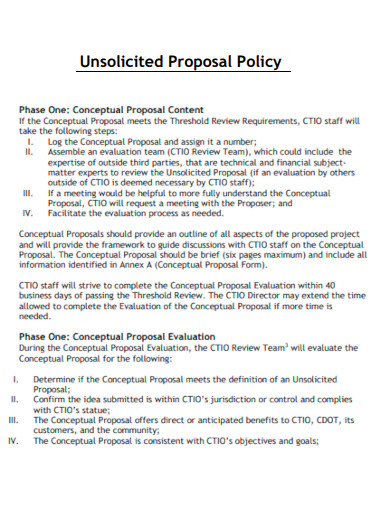
Unsolicited Proposal Policy
download now -

Conference Proposal
download now -
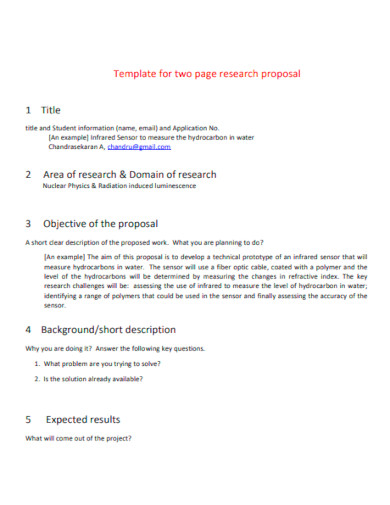
Template for Two-Page Research Proposal
download now -
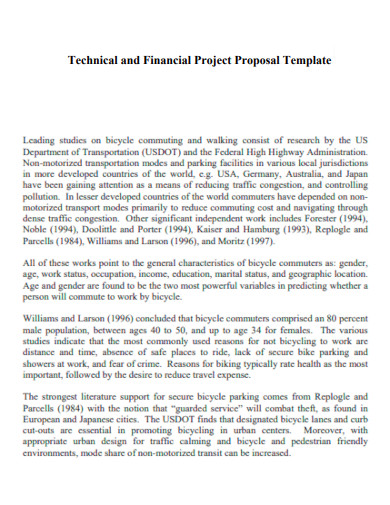
Technical and Financial Project Proposal Template
download now -

Secretariat Proposal for Unified Approach
download now -
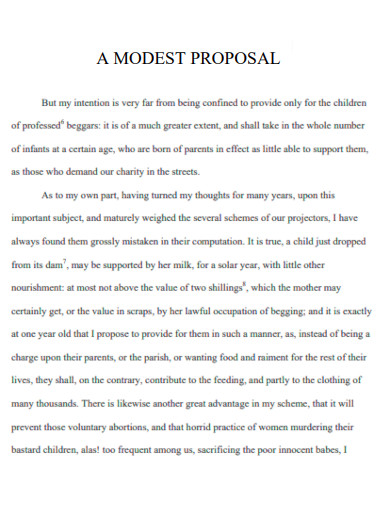
Modest Proposal
download now -

Art of Writing Proposal
download now -
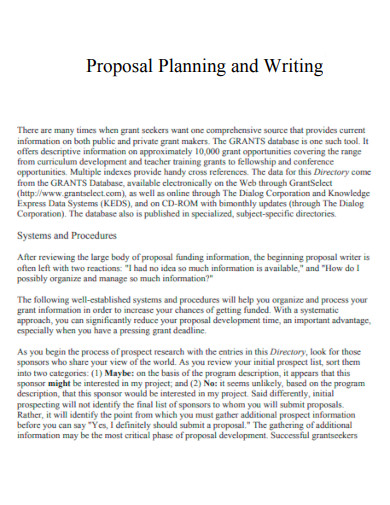
Proposal Planning and Writing
download now -
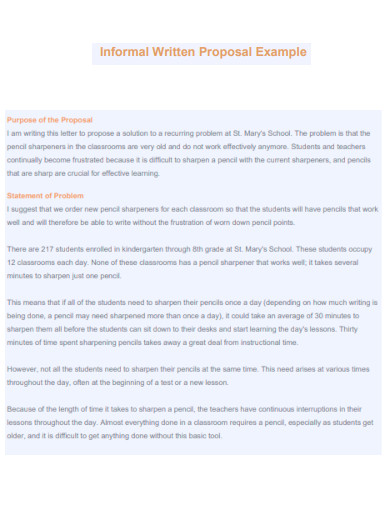
Informal written proposal
download now -
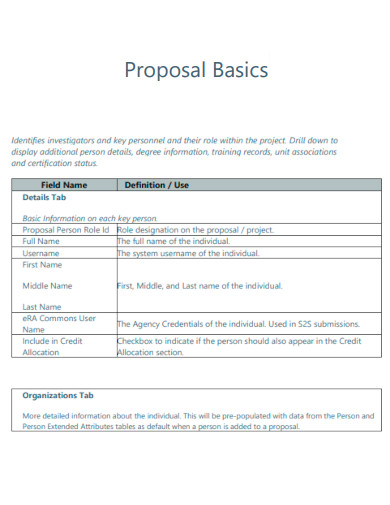
Basic Proposal
download now -
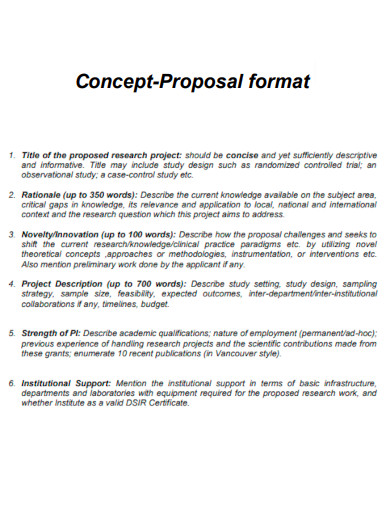
Concept Proposal
download now -

Submitting the Proposal
download now -
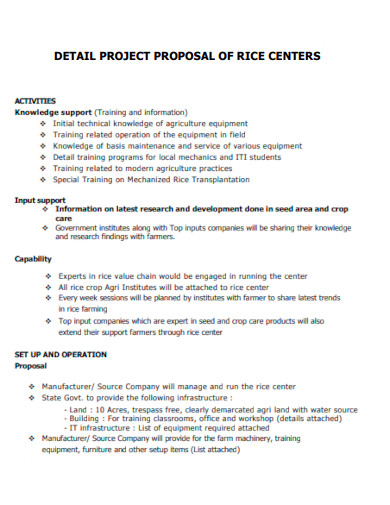
Detail Project Proposal of Rice Centre
download now -

Proposal for Amendment of Appendix
download now -
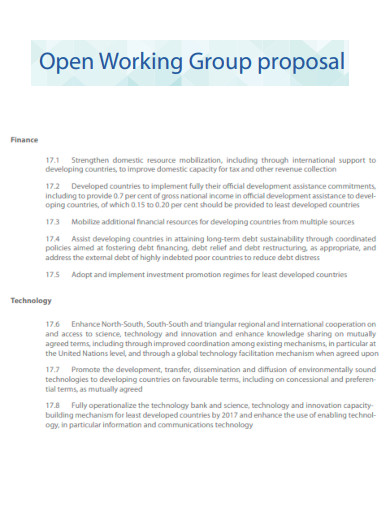
Open Working Group proposal
download now -
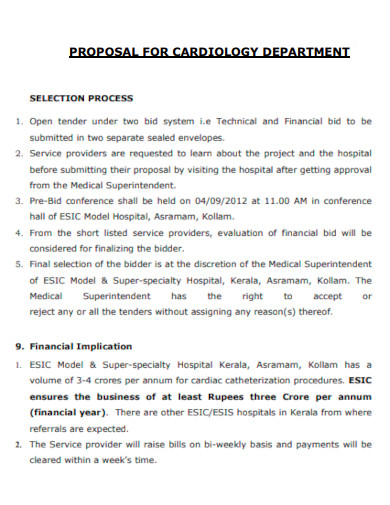
Proposal for Cardiology Department
download now -
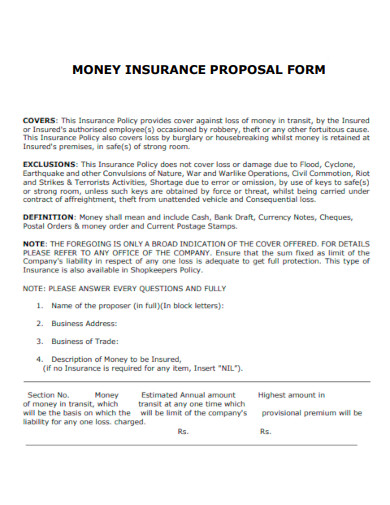
Money Insurance Proposal Form
download now -
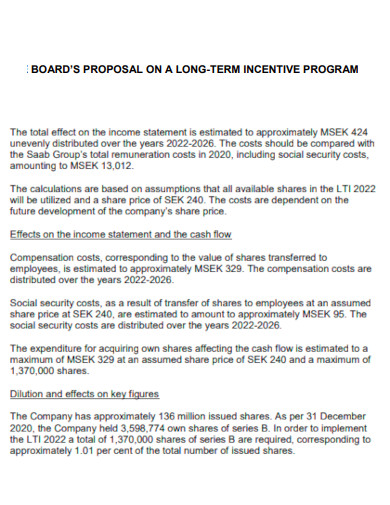
Boards Proposal on LTI Program
download now -
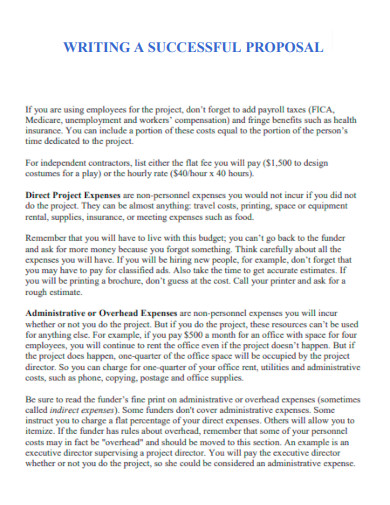
Writing a Successful Proposal
download now -
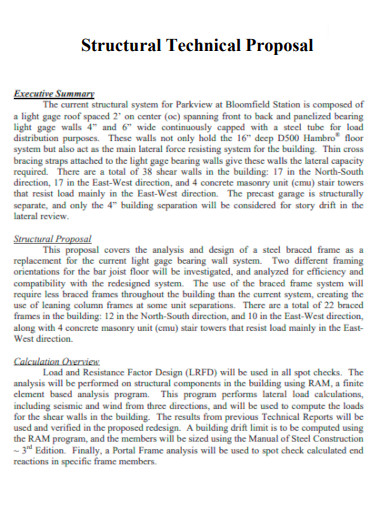
Structural Technical Proposal
download now -
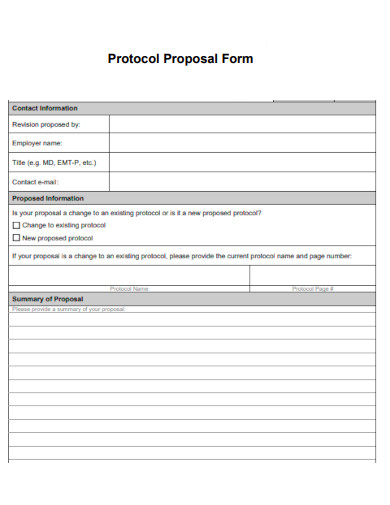
Protocol Proposal Form
download now -
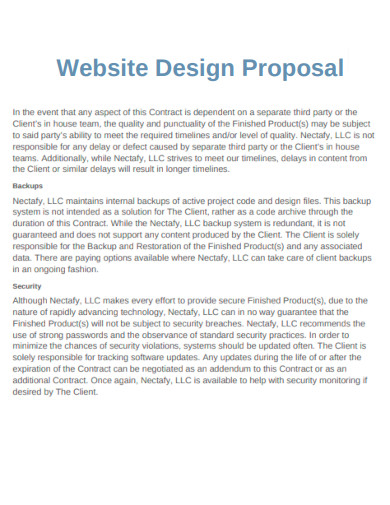
Design Proposal
download now -
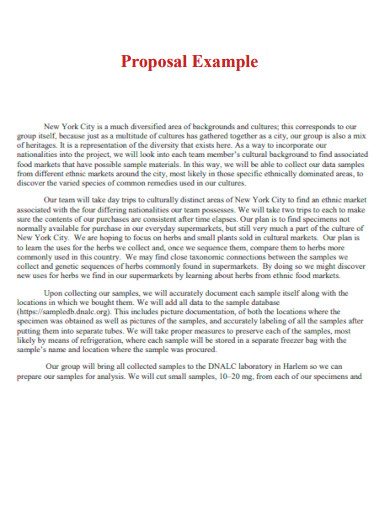
Proposal Example
download now -
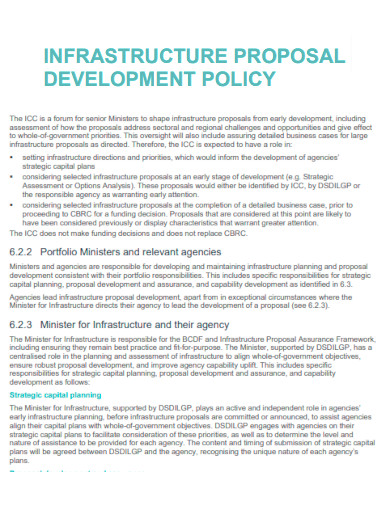
Infrastructure Proposal Development Policy
download now -
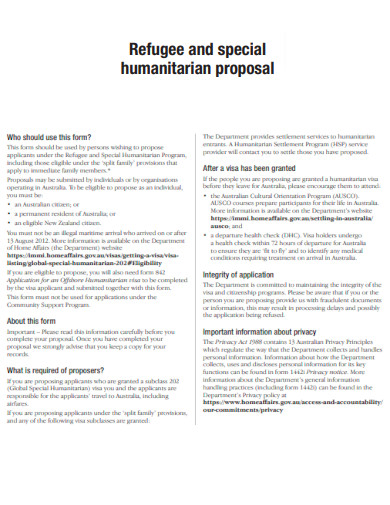
Refugee and Special Humanitarian Proposal
download now -
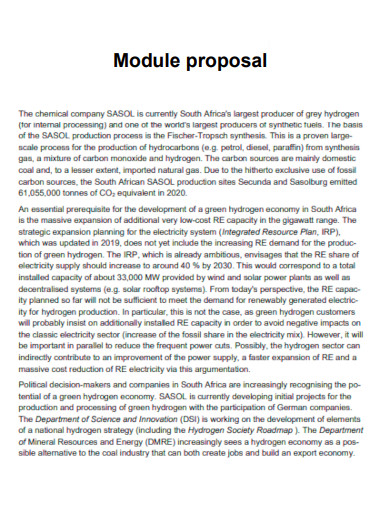
Module Proposal
download now -
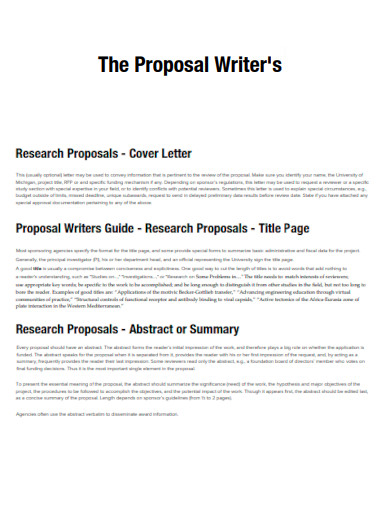
The Proposal Writers
download now -
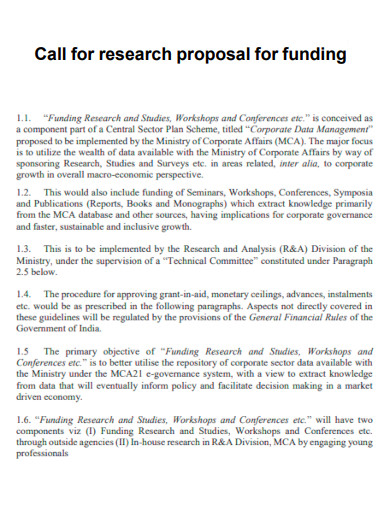
Call for Research Proposal for Funding
download now -
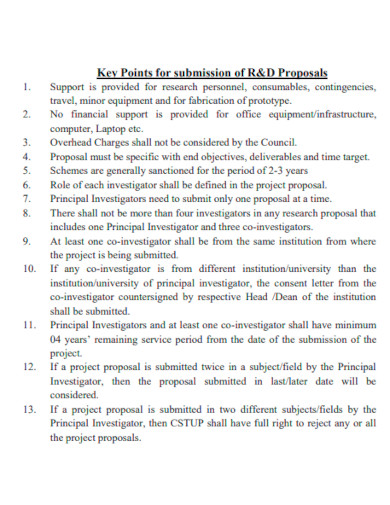
Critical Points for Submission of R and D Proposals
download now -
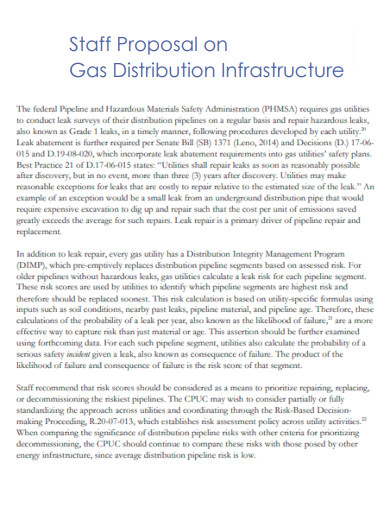
Staff Proposal on Gas Distribution Infrastructure
download now -
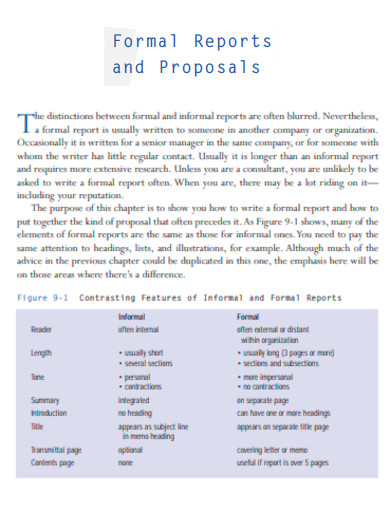
Proposal Report
download now -
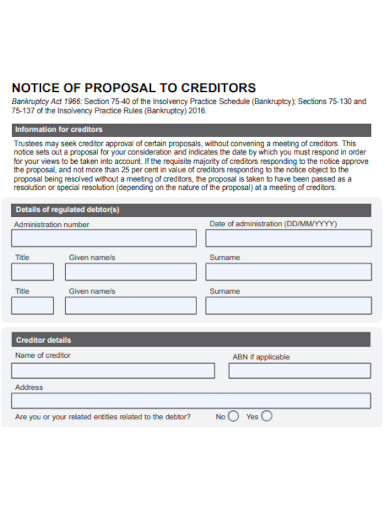
Notice of Proposal to Creditor
download now -
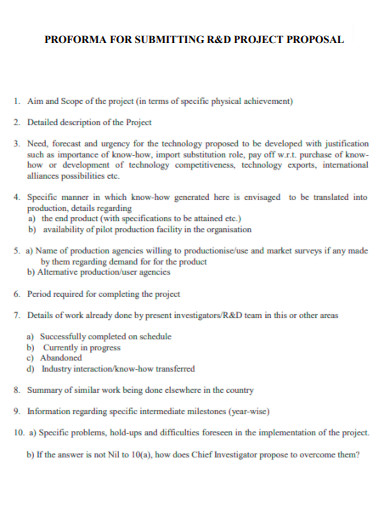
Proforma for Submitting R and D Project Proposal
download now -
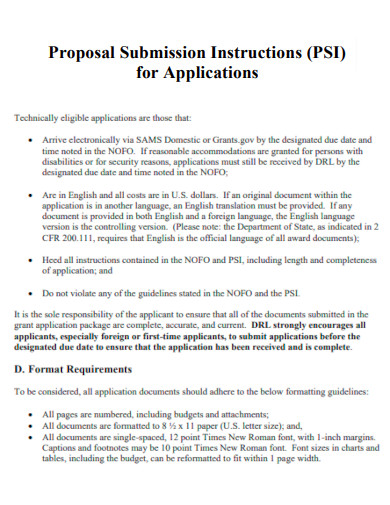
Proposal Submission Instructions for Applications
download now -
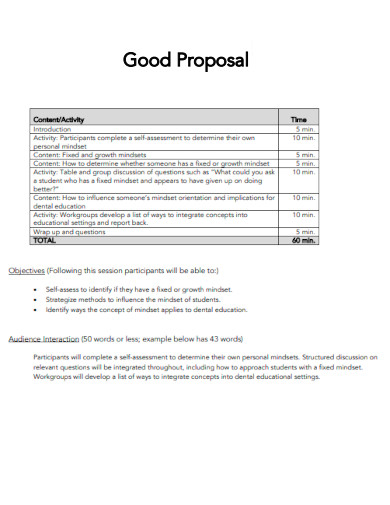
Good Proposal
download now -
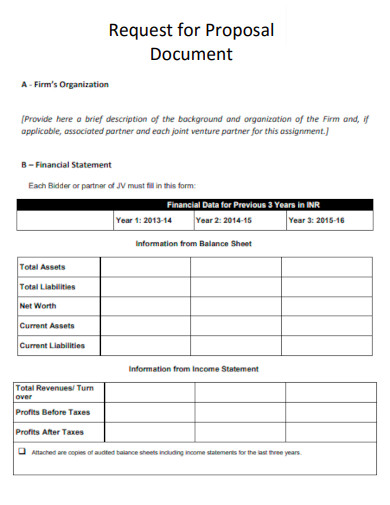
Request for Proposal Document
download now -
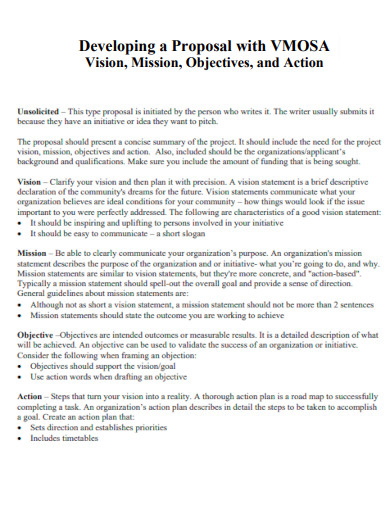
Developing a Proposal with VMOSA
download now -
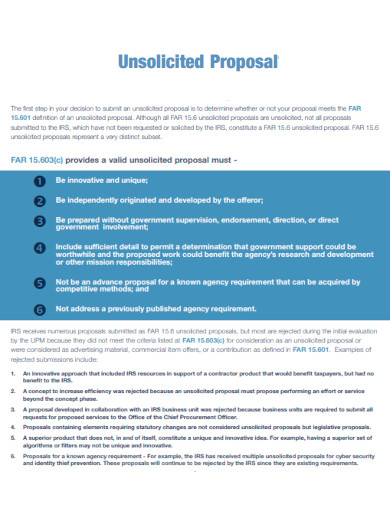
Unsolicited Proposal
download now -
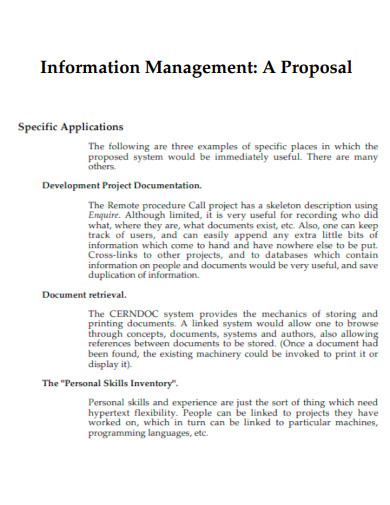
Information Management Proposal
download now -
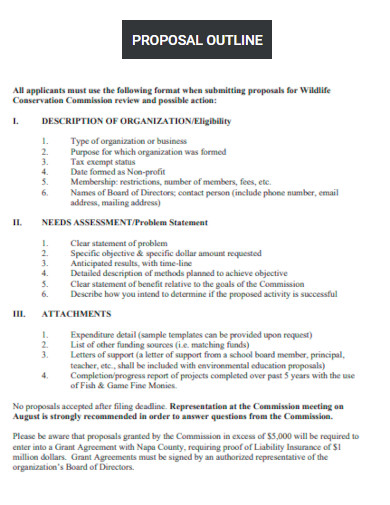
Proposal Outline
download now -
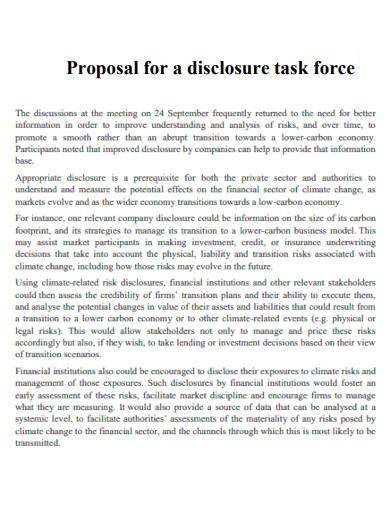
Proposal for a Disclosure Task Force
download now -
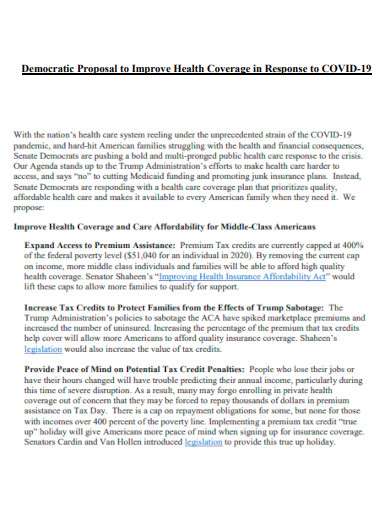
Democratic Proposal to Improve Health Coverage
download now -
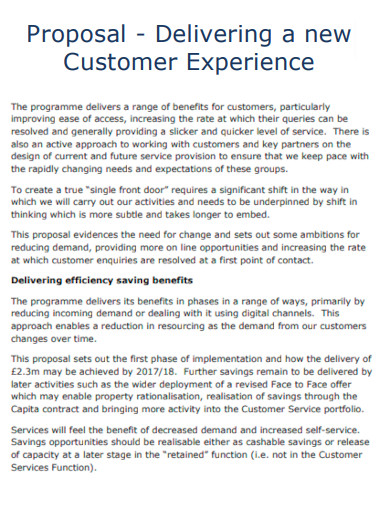
Proposal Delivering a New Customer Experience
download now -
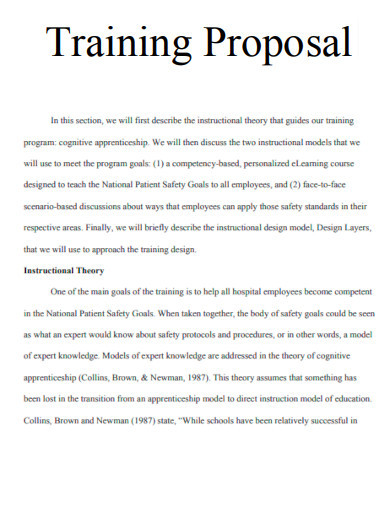
Training Proposal
download now -
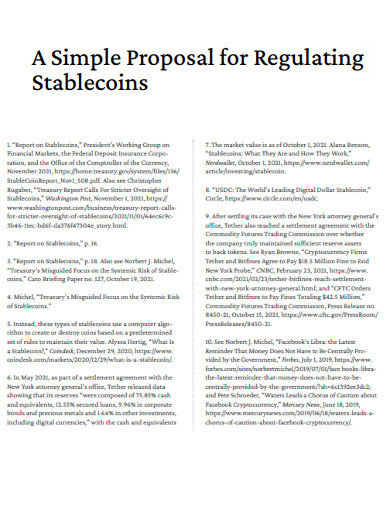
Simple Proposal for Regulating Stablecoins
download now -
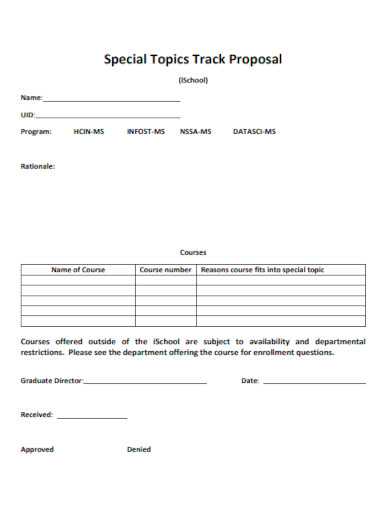
Special Topics Track Proposal
download now -
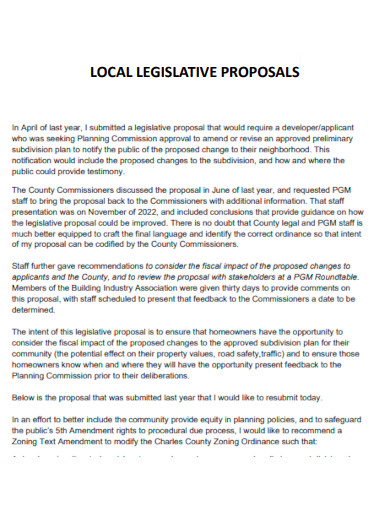
Local Legislative Proposal
download now -
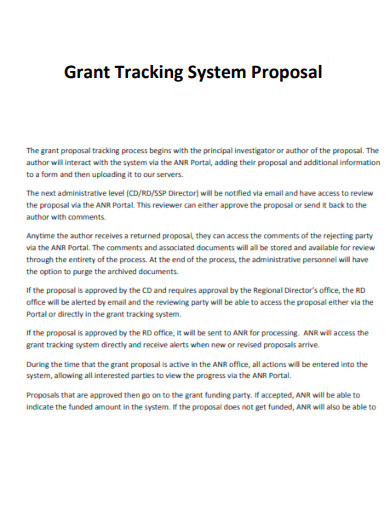
Grant Tracking System Proposal
download now -
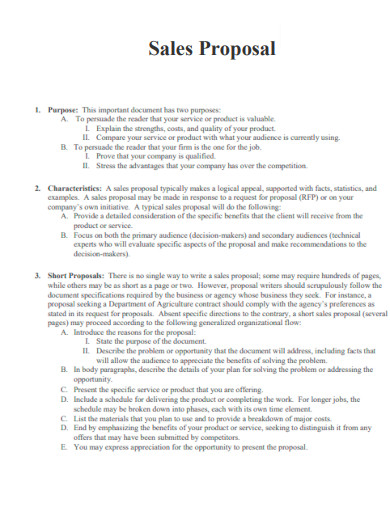
Sales Proposal
download now -

Cool Japan Proposal
download now -

Design and Construct Proposal Form
download now -
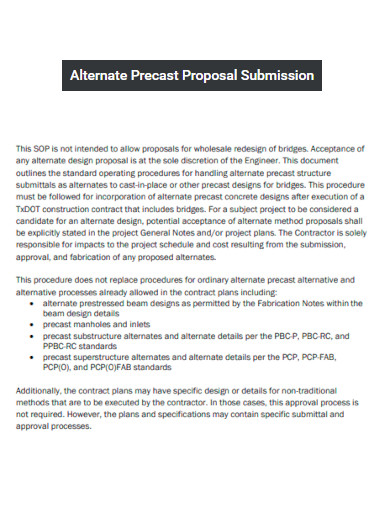
Alternate Precast Proposal Submission
download now -
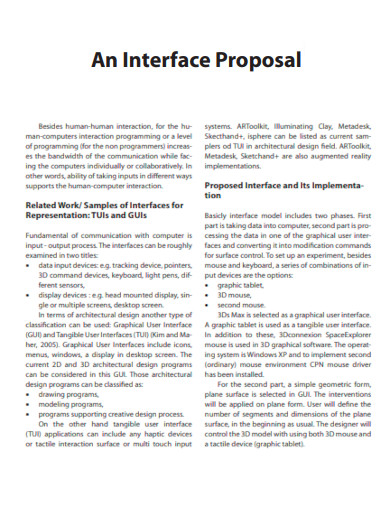
Interface Proposal
download now -
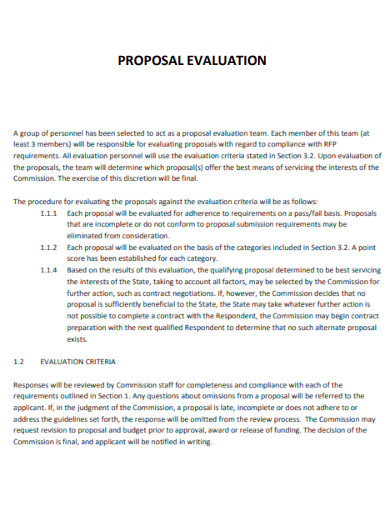
Proposal Evaluation
download now -

Website Design Proposal
download now -

Proposal Process
download now -

MIAA Rule Change Proposal
download now -
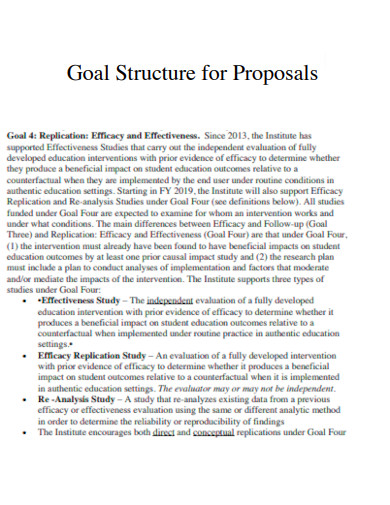
Goal Structure for Proposal
download now -

Proposal Tips and Hints
download now -
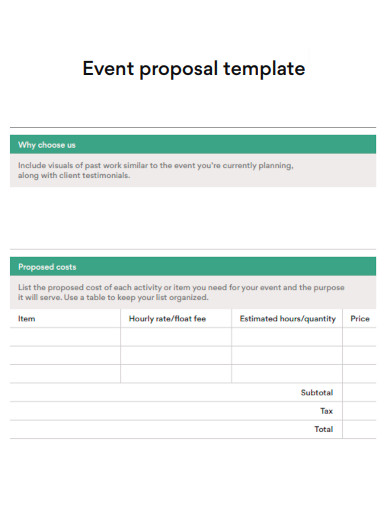
Event Proposal Template
download now -
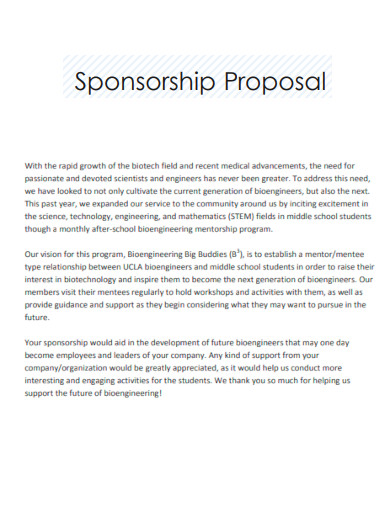
Sponsorship Proposal
download now -
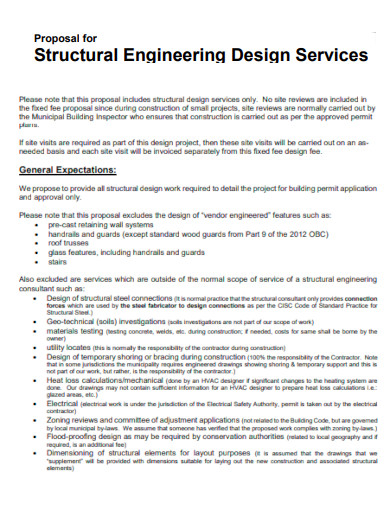
Proposal for Structural Engineering Design Services
download now -
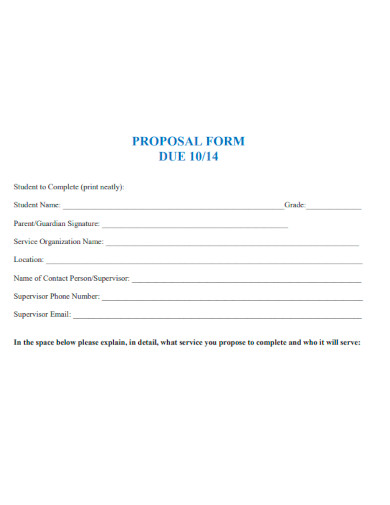
Proposal Form Due
download now -

Proposal For Security Services
download now -

New Registry Service Proposal
download now -

The Prague Proposal
download now -
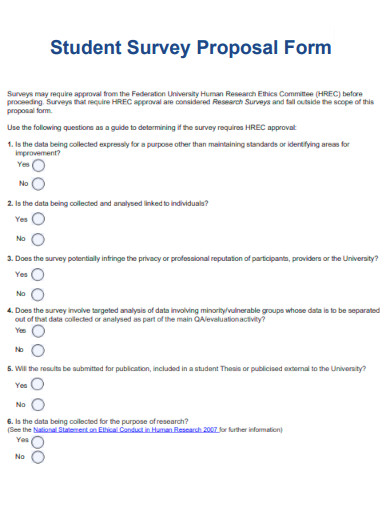
Student Survey Proposal Form
download now -
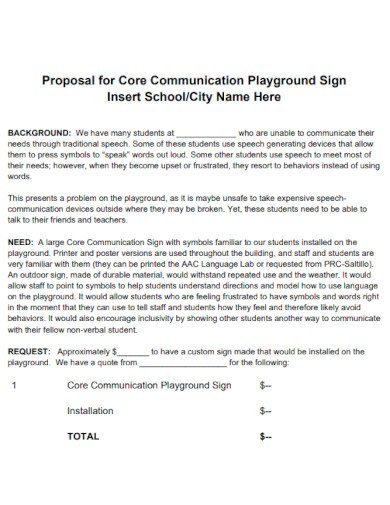
Proposal for Core Communication Playground Sign
download now -
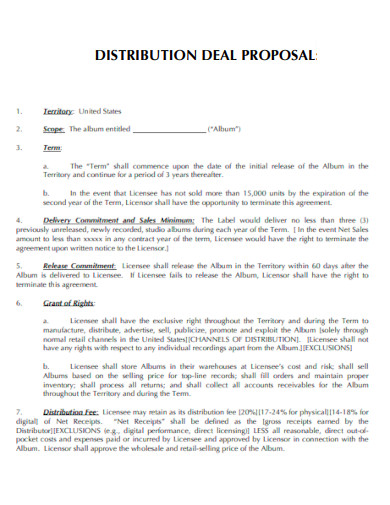
Distribution Deal Proposal
download now -
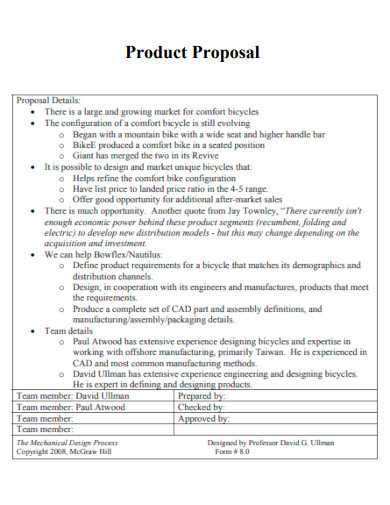
Product Proposal
download now -
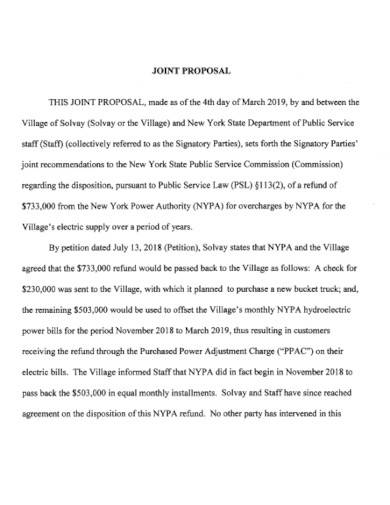
Joint Proposal
download now
What Is a Proposal?
A proposal is a document to solicit a sale or other agreement-related provisions. Numerous organizations find it advantageous to use clear, well-written proposals to facilitate business activity plans with consumers and partners. Because proposals are so joint, it’s essential for professionals in nearly every business discipline to comprehend their value and how to create them. Proposals are necessary because they provide problem-solving suggestions or concepts. They can also assist you, your company, or your client in making important decisions. Additionally, proposals reveal issues that might have gone unnoticed otherwise.
Benefits of Project Proposals
A proposal’s purpose extends beyond securing a new undertaking. It involves representing your team and organization with integrity. Some may view a business proposal as nothing more than “sales talk” — saying whatever you deem necessary to win over a potential client. The reality, however, is that a poorly executed proposal can cause reputational harm, result in approaches with gaping gaps, and even bind your company to terms that are detrimental to the business. Here are some of its advantages:
How to Write a Proposal
If you are required to prepare a proposal, understanding how to do so effectively is essential. This can make your proposal more persuasive and increase your intended audience’s likelihood of acceptance. Follow these procedures to compose a successful proposal:
1. Plan Your Proposal
Before writing a proposal, it is essential to plan to ensure that it meets your or your client’s expectations. The planning phase entails comprehending the type of proposal you are writing, your intended audience and creating an outline to guide your writing. The kind of proposal you compose will determine its direction and ensure that it meets your requirements. Although the fundamental structure of these three proposals is identical, the level of detail and research varies. In addition, once you have determined the type of proposal you are composing, you can evaluate your intended audience. Consider what your audience knows or doesn’t know about the topic you intend to cover. This helps you to concentrate on the information they find most beneficial. Since proposals are persuasive, it is also essential to consider what you want your proposal to accomplish and what you need to include to achieve this. If you are writing a proposal, your objective is to convince a publisher to accept it and acquire the rights to your book before it is written. Determine what information you must provide your audience for them to make the desired decision. After, An outline can help you organize your thoughts. Consider the intent of your proposal and the primary components you wish to include. For instance, your design and proposal must include specifics about the problem you’re addressing and the proposed solutions. Even though your strategy is not included in your final draft, it can help you remain on track and ensure you cover every aspect of a proposal. The more detailed and informative your outline, the simpler it will be to fill in the blanks and compose your proposal’s first draft.
2. Create a Robust Introduction
Create an outline first, then begin composing your proposal. Create an attention-grabbing introduction for your intended audience. Remember that your proposal must have a goal and offer valuable details your audience might need to learn. To achieve this, include background information that clarifies to your audience the significance of the problem and the urgency with which you intend to solve it. As your introduction establishes the tone for the rest of your proposal, make sure to clarify the purpose of your proposal in clear terms at the beginning of your document.
3. Define the Issue
In the body of your proposal, you must describe the issue or problem you, your company, or your client are experiencing. Explain not only the nature of the case but also its root cause. In addition, it is beneficial to describe what could occur if the problem persists. Consider its effect on your audience, as this will encourage them to take action and embrace your solutions. As you address the issue in your proposal, provide research-based facts and use only credible sources. This can assist you in convincing your audience that your claims are credible.
4. Propose Solutions
Once your audience is aware of the issue, please provide them with proposed solutions for resolving it. Describe how you intend to remedy the problem and why your proposed solutions are the best to consider. To persuade your audience that the issues you’ve presented need to be addressed, your answers must have a wide-reaching effect. Remember that your audience must find your ideas valuable and embrace them to solve the problem. Therefore, it is essential to be confident in your writing and leave your audience with the impression that you can effectively resolve the issue. Conduct a research action plan and use your findings to support your solutions with facts and examples. When you rely on credible facts instead of your own opinion, you can persuade the audience without them suspecting you have a hidden meeting agenda.
5. Include a Plan and a Budget
Your audience also requires a timeline specifying when you intend to implement the proposed solution. In addition, they must be aware of your financial plans for addressing the issue. Consider when you want the project to begin and how quickly you want it completed. You must also provide as much detail as possible and ensure that your proposed budget plan is reasonable and compatible with the budget of your company or client. Remember that your proposal must merit their time, money, and effort.
6. Write a Conclusion
Your proposal should conclude concisely, reiterating key points from the introduction. Summarize the benefits of your proposal and explain why your proposed solutions are worth the effort. Assist your audience in considering the future in light of your proposal, and remember to applaud them for their time and reading it. Consider including an appendix if your proposal contains additional information. Although it is crucial to provide detailed information, ensure that your proposal is concise and manageable so that readers will like to read it.
FAQs
What is the format of the proposal?
It should include the project’s purpose, objectives, methodology, and anticipated results. The objectives must be measurable, specific, and consistent with the need statement and the proposed project’s purpose.
What makes a good proposal paper?
Be as concise as feasible. Write the opening paragraph. State the purpose of the study, show your understanding of the topic and its significance, describe any significant issues and critical research points, identify the variables, and convey the study’s limitations. Provide an evaluation of available resources.
Is a proposal a summary?
Typically, a research proposal plan is the first stage in the writing process; it provides an overview of the topic you intend to investigate later. In contrast, a synopsis concisely summarizes your paper’s content.
Proposals are an effective method to present prospective clients or business partners with innovative business concepts and strategies. They can contribute to the delivery of information in a professional and inventive manner. Understanding the advantages of a proposal and its creation method may prove helpful in the future. If you’re set to create your own, look at the templates above!
